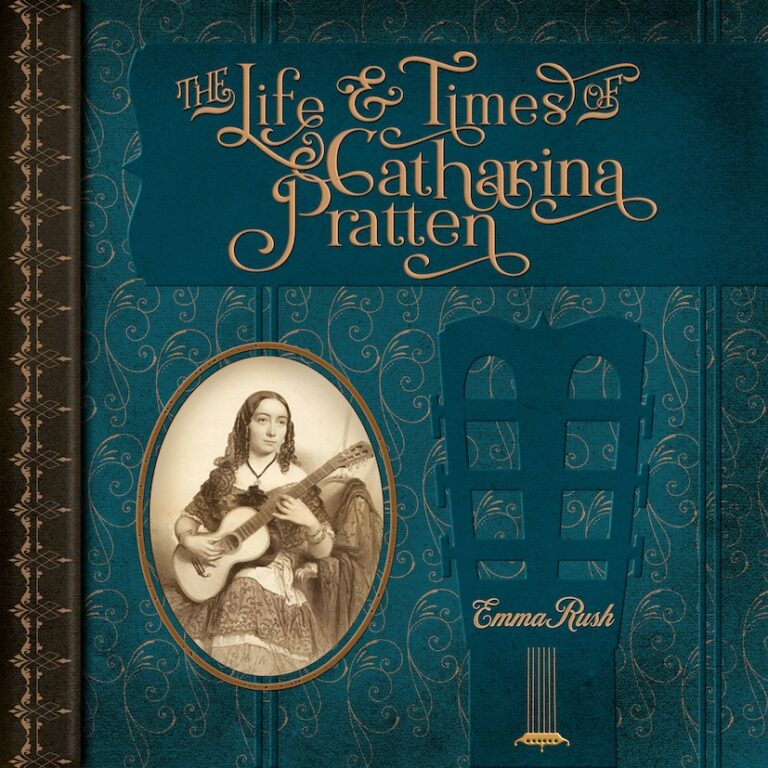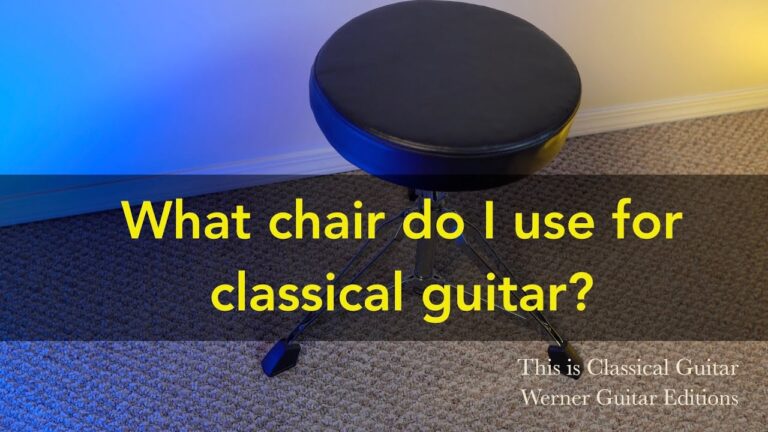This is a guest post by composer Michael Karmon
Visit his site for more info, scores, and more.
“Scintilla” by Marek Pasieczny
First, a disclaimer: I’m a composer. I do play classical guitar, but all my training and experience is in composition. Also, I’m only going to write about pieces that I really like, and I’m not going to say anything negative about them. It doesn’t mean the music is perfect, but I’m not going to dwell on the shortcomings.
The Polish composer Marek Pasieczny is a wizard. I don’t entirely know how he does what he does, but I do know he’s a tremendously skilled composer, and he’s showing us new possibilities for the guitar. Marek has some longer pieces like American Suite, and some easier pieces like Little Sonata. But my favorites are a series of short, dense, expertly written composer portraits; and of these I like Scintilla, his Arvo Part homage, the best.
If you just glance at the score you’ll notice a couple of unusual things: First, it’s written on not one, not two, but on three(!) staves. Additionally, the low E is tuned all the way down to G, and on top of that the A string is tuned down half a step to G-sharp. So we’re already in pretty novel sonic territory here.
The first movement is quite spare, comprising a repeated B ornamented with pitches above it that more or less center around A-sharp and C-sharp. In the low register there’s a G-sharp pedal that at first gives the music a pretty clear G-sharp minor feel. But about halfway through Marek deploys the nuclear weapon of the very low G-natural. This bracing moment is made even more effective by a loud dynamic, some D naturals to reinforce the tonal contrast, and some extra activity in the higher register. The low pedal returns to G-sharp fairly quickly, but the memory of the low G-natural lingers. Marek is really controlling his musical resources here, making the most of what he has while saving plenty of surprises and fresh sounds for later in the piece.
The second movement, like the first, has a key signature of G-sharp minor, but frequent G-naturals and D-naturals keep things tonally unsettled. It begins with four phrases, each treated slightly differently, and separated by music based on undulating G-sharp minor and E major chords. (My favorite is the second phrase with its double octaves above a mismatched low G major chord.) After this the first phrase returns for a freer treatment of the previous music, and the movement culminates in two G major chords before dissipating into nothing.
The middle of the second movement features a really nice extended crescendo and diminuendo of sound, texture, and intensity. It’s quite difficult to write this kind of effect on the guitar because there just isn’t that much sound to work with. But because Marek is employing an extended range here, and because he’s in control of his musical material and resources, he’s able to accomplish something quite memorable.
The third movement starts with a luminous D-flat major chord. This is not a sonority that generally sounds bright on the guitar, but in context it’s like a beam of light clearing everything away. (This is my favorite moment in the whole piece.) The D-flat major is followed by our old friend G-sharp minor, and Marek repeats and extends these chords and decorates them with various pitches that are generally half a step away from chord tones. To my ear the third movement is basically four varied statements of these chords; the second and third being the most complex and chromatic.
Marek saves quite a bit of musical ammunition for the third movement: active motion in the very low bass, thick textures, and pretty heavy-duty chromatic writing. The result is that the final movement becomes a very effective counterbalance to the spare first movement. And this in turn makes the middle movement stand out as independent and important. Even though this is quite a short piece, a great deal of planning and control have gone into it. “Scintilla” is a beautifully shaped piece of music that sounds absolutely unique.
There’s also a duo version, written a while after the solo version. The textures are filled out, there are even more “out” sounds, and some of the crescendos are more pronounced. Again, Marek saves the strangest and thickest music for the third movement. If you like the solo piece you should listen to the duo as well.
A big thank you to guest writer Michael Karmon
Visit his site for more info, scores, and more!
Bio: The classical guitar is featured in all my recent music, and I’ve written for some very fine players, among them Denis Azabagic, Martha Masters, Joe Hagedorn, Daniel Bolshoy, Nemanja Ostoich, and Newman and Oltman Guitar Duo. I’ve won various awards and fellowships over the years, and my music continues to be performed around the world. It is recorded on the MSR, Cedille, Brioso, and PBF labels. I was born in the US in 1969, but I spent my formative years in Israel and returned here in 1986. I’ve performed extensively as a guitarist in several styles and with a variety of ensembles, but I now compose exclusively. I have a doctorate in composition/music-theory from the University of Minnesota, and now live in California with my wife and twin sons. (via michaelkarmon.com).





